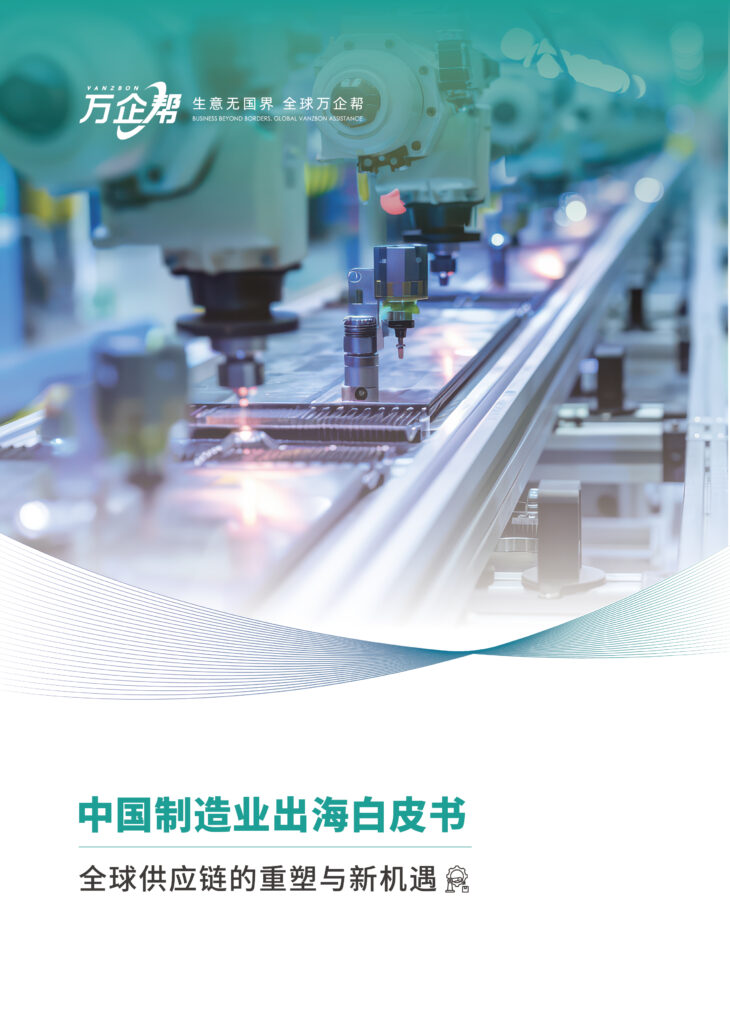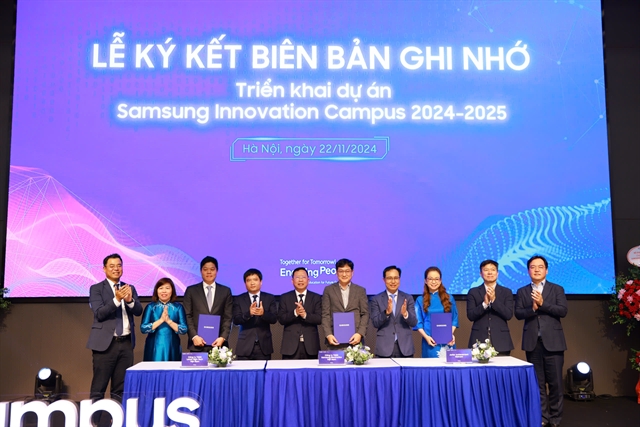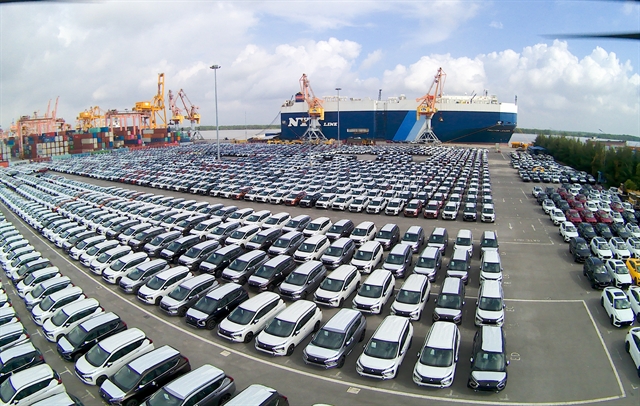1. Introduction
1.1 Technology transfer needs of Vietnam’s manufacturing industry
With the rapid development of Vietnam’s manufacturing industry, more and more international companies are choosing to transfer technology in the Vietnamese market to enhance local production capacity and strengthen their competitive advantage. As an important manufacturing base in Southeast Asia, Vietnam has attracted a large number of foreign-funded enterprises with its low labor costs, abundant resources and increasingly improved infrastructure. However, the process of technology transfer involves complex intellectual property protection and legal compliance issues. Enterprises need to ensure that every link of technology transfer complies with legal requirements to avoid potential legal risks and market barriers. Therefore, it is particularly important to create a detailed technology transfer contract template generator. This generator can help enterprises smoothly carry out technology transfer activities in the Vietnamese market, ensure that the content of the contract complies with Vietnamese laws, reduce the tedious work of enterprises in the contract formulation process, and improve work efficiency.
1.2 The Importance of Technology Transfer Contracts
Technology transfer contracts are not only an important tool for protecting the core technology and intellectual property rights of enterprises, but also play a key role in preventing technology leakage and clarifying the rights and obligations of both parties. In the Vietnamese market, it is crucial to formulate a technology transfer contract that complies with local legal requirements for the smooth operation of enterprises. Technology transfer contracts can effectively avoid disputes caused by imperfect or illegal contracts and ensure that all rights and interests in the process of technology transfer are fully protected. At the same time, by clarifying the rights and obligations of both parties, the contract can also lay a solid foundation for subsequent cooperation. Especially in a market with a complex and evolving legal environment, contracts that comply with local laws can not only help enterprises avoid potential legal risks, but also enhance their competitiveness in the market. Therefore, when enterprises conduct technology transfer in Vietnam, they must attach great importance to the formulation and execution of contracts, ensure that their content is rigorous and legal, and effectively protect the interests of enterprises.
2. Overview of Vietnam’s Legal Requirements
2.1 Overview of Vietnam’s Technology Transfer-Related Laws
When transferring technology in Vietnam, companies must comply with relevant laws and regulations to ensure the legality and validity of the contract. Vietnam’s Intellectual Property Law is one of the most important laws in the process of technology transfer. It stipulates the scope of protection of intellectual property rights, ownership of rights, and how to deal with infringements. At the same time, the Technology Transfer Law specifies in detail the definition of technology transfer, the form of technology transactions, and the basic terms that should be included in technology transfer contracts. These laws together constitute the legal framework for technology transfer, ensuring that the transfer process is transparent and fair, and protecting the legitimate rights and interests of both parties. When drafting a technology transfer contract, companies need to pay special attention to these legal provisions to ensure that the content of the contract complies with legal requirements and avoid legal disputes during the subsequent execution process.
2.2 Contract filing and approval requirements
In Vietnam, technology transfer contracts not only need to comply with relevant legal provisions, but also need to go through filing and approval procedures to obtain legal effect. According to Vietnamese regulations, technology transfer contracts usually need to be filed with the Vietnam Intellectual Property Office or the Ministry of Science and Technology. This process is intended to ensure the legality and compliance of the contract content and protect the rights and interests of both parties to the transfer. During the filing process, the company needs to submit a complete contract text, relevant technical documents, and both parties’ qualification certificates and other materials. In addition, in some cases, the contract may also require further approval, especially for transfers involving national security, public interests or sensitive technologies. Therefore, before signing a technology transfer contract, the company should fully understand Vietnam’s filing and approval requirements and reserve enough time to complete the relevant procedures to ensure the smooth execution of the contract.
3. Contract Infrastructure
3.1 Preamble to the Contract
The preamble of a contract is mainly used to describe the background, purpose and basic information of the cooperation between the two parties. This part usually includes a brief introduction to the cooperative relationship between the two parties, the background and motivation of the technology transfer, and the expected goals of the technology transfer. The core of the preamble of a contract is to clarify the importance of the technology transfer and lay the foundation for subsequent terms. Through the preamble, both parties can have a preliminary understanding of the overall framework and direction of the contract, ensuring that the cooperation between the two parties is based on a common understanding and goals.
3.2 Definitions
Definition clauses are a key part of a contract, which are intended to list in detail the key terms used in the contract and provide clear definitions for these terms. The purpose of this part is to ensure that both parties have a consistent understanding of the contract content and avoid disputes caused by inconsistent understanding of terms. Common definition clauses include but are not limited to “technology transfer”, “intellectual property rights”, “confidential information”, “contract term”, etc. Through clear definitions, both parties can reduce misunderstandings during the execution of the contract and ensure the smooth performance of the contract.
3.3 Description of the transferred technology
The description of the transferred technology is one of the core contents of the contract, which specifies the content, scope and limitations of the transferred technology. This section needs to list the specific details of the technology, including the name, type, function and application field of the technology. At the same time, the ownership of the technology, the right to use, and the transfer method and timetable of the technical documents should also be clarified. Through a clear description of the transferred technology, both parties can clarify each other’s rights and obligations, ensure the effectiveness and legality of the technology transfer, and provide a clear basis for possible disputes.
4. Common Terms Specific to Vietnam
4.1 Intellectual Property Protection Clauses
In the Vietnamese market, it is crucial to protect the intellectual property rights of technology. The technology transfer contract should clearly stipulate the ownership of the technology to ensure that the transferor’s rights and interests in intellectual property are effectively protected. For important intellectual property rights such as patents, trademarks and trade secrets, their protection measures should be detailed in the contract, including the allocation of responsibilities for registration, protection and maintenance costs. At the same time, it is also necessary to stipulate that during the use of technology, the transferee shall not infringe on the intellectual property rights of a third party to avoid legal disputes.
4.2 Confidentiality
In the process of technology transfer, confidentiality obligations are key clauses that both parties must strictly abide by. The contract should clearly stipulate the confidentiality obligations of both parties on all technical information, data and documents they come into contact with, and prohibit the disclosure or use of such information to third parties without permission. To ensure the implementation of confidentiality obligations, the contract should also list the consequences and legal liabilities of violating confidentiality clauses, including economic compensation and legal prosecution. Such provisions can effectively prevent technology leakage and protect the core technology of the transferor from being abused.
4.3 License Terms
After technology transfer, the scope and restrictions of the technology use by the transferee need to be clearly stated in the contract. The technology use license should be detailed, including geographical, time and industry restrictions, to ensure that the transferee uses the technology only within the scope agreed in the contract. In addition, the contract should also include provisions on technology improvement, re-transfer or authorization to use by other parties to prevent the transferee from expanding the scope of technology use without consent, thereby protecting the interests of the transferor.
4.4 Payment Terms
Payment terms are one of the core parts of a technology transfer contract. The contract should specify the specific payment method, time node and amount of technology transfer, including the arrangements for advance payment, phased payment and final payment. In order to comply with Vietnam’s tax regulations, the contract must also include tax-related content, such as value-added tax, income tax and foreign exchange management requirements. In addition, the contract should also consider the impact of exchange rate fluctuations on the payment amount and make corresponding provisions to ensure the smooth progress of payment.
4.5 Dispute Resolution Clause
When disputes arise in the Vietnamese market, choosing an appropriate dispute resolution method is crucial to protecting the rights and interests of both parties. The contract should stipulate the dispute resolution methods, such as arbitration or litigation, and clearly specify the jurisdiction and applicable law for dispute resolution. Usually, Vietnamese arbitration institutions or courts will be selected as the main platform for dispute resolution, but international arbitration institutions can also be considered to ensure fair and just treatment. In order to reduce the time and cost of dispute resolution, the contract can also include mediation clauses to encourage both parties to resolve the dispute through negotiation at the early stage.
The detailed provisions of these clauses can provide legal protection for enterprises to transfer technology in the Vietnamese market and avoid potential legal risks.
5. Guidelines for using the contract template generator
5.1 Overview of Generator Functions
The Contract Template Generator is a tool designed specifically for the Vietnamese market to help companies quickly generate technology transfer contract templates that comply with Vietnamese legal requirements. The main functions of the generator include automated clause selection, dynamic adjustment of contract structure, and generation of customized contract templates based on specific needs entered by users. By using this tool, companies can significantly shorten contract drafting time, reduce legal risks, and ensure the professionalism and compliance of contract content. In addition, the generator is highly flexible and supports users to customize according to different technology transfer types and specific requirements of both parties, making the contract more in line with actual business scenarios.
5.2 Template generation steps
It is very easy to use the contract template generator. Just follow the steps below to generate a professional technology transfer contract template:
Enter basic information:First, the user needs to enter the basic information of both parties to the contract in the generator interface, including company name, address, contact person, etc. This information will be automatically filled in the corresponding position of the contract to ensure the completeness and accuracy of the contract.
Select Technology Transfer Type:Next, users can select the type of technology transfer involved, such as patent transfer, trademark transfer, or technology secret transfer. Different types of transfers will trigger corresponding clause templates to ensure that the contract content meets specific technology transfer needs.
Customized contract terms:The generator provides a series of preset common clauses, and users can select applicable clauses and make fine adjustments according to actual conditions. For example, users can select specific intellectual property protection clauses, confidentiality agreements, payment terms and dispute resolution mechanisms, etc., to ensure that the contract content is comprehensive and targeted.
Generate and preview the contract template:After confirming all the information and terms, click the Generate button and the system will automatically generate a complete contract template. Users can preview the generated contract and make final review and modifications.
Download and save:Once confirmed, users can download the contract template as a PDF or Word file for further editing or direct use. In addition, the generator also supports saving the contract template to the user’s account for future reference or modification.
Through these simple steps, companies can quickly generate a technology transfer contract template that meets their needs, ensuring legal protection and commercial advantages when conducting technology transfer activities in the Vietnamese market.
6. Conclusion
When conducting technology transfer, it is crucial to ensure that the contract complies with Vietnamese legal requirements. Using a contract template that complies with local regulations can not only effectively protect the company’s intellectual property rights, but also avoid possible legal disputes and ensure the smooth progress of the technology transfer process. Therefore, we strongly recommend that companies seek professional legal advice based on their specific circumstances when using the template generator to ensure the legality and enforceability of the contract content.
Looking ahead, we plan to upgrade the technology transfer contract template generator to better meet the needs of users. For example, we will add more customization options so that companies can customize contracts more finely according to different technical fields and business models. In addition, we are also considering launching a multilingual version to help companies smoothly conduct technology transfer business in regions outside the Vietnamese market. We encourage users to actively provide feedback during use to help us continuously improve and optimize the tool so that we can provide better services to more companies.







